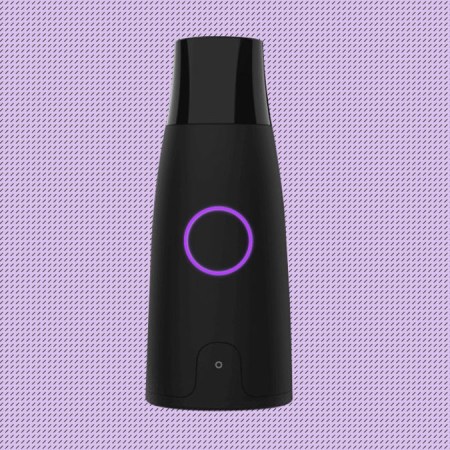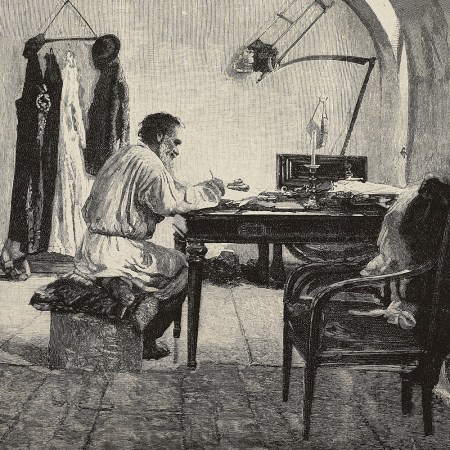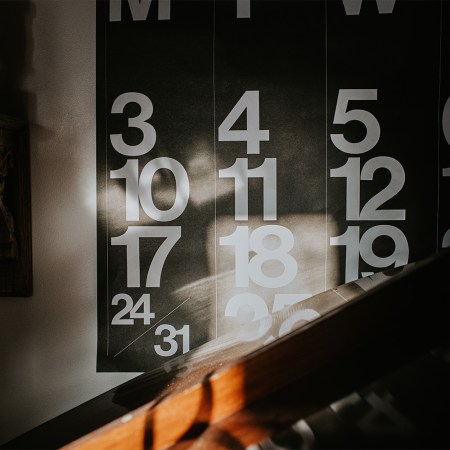In a recent episode of The Ezra Klein Show, the host interviewed Adam Moss, the former editor of New York Magazine and The New York Times Magazine.
Moss has a book out — a massive, badass tome in which he interviews 40 different artists about the creative process — and his 45-minute discussion with Klein orbits around a few key questions: How do artists make something from nothing? Do they sit around waiting for a lightning-bolt revelation, or is their workflow more “9 to 5” than we’d expect? What tools are at their disposal? How do they feel about the process of revision (which, for some painters, means literally working over their original draft)?
It’s a deeply fascinating conversation, and worth your time if you have any extra to spare this week. But I’d love to draw some attention to a specific section of the episode, in which Moss discussed settings and states that are uncommonly effective at compelling creativity.
“Over and over again, people describe being most creative when they’re in motion,” he said. “So whether they put themselves in motion when they’re running or swimming or something like that or biking or even just on a train or an airplane, just moving, the body physically in space moving seems to unleash something in them.”
The first part of that quote speaks to the well-known link between exercise and cognitive function. We know that movement is a natural brain-booster. But what about that bit about…planes? Klein latched onto the concept and brought it in an interesting direction.
“I miss that state, which I think I used to achieve more often…” he replied. “I find I achieve completely different mental states on planes. I think it’s because there is so little distraction…and I do think there is a tension between the body, that kind of embodied flow state, and distraction and interruption. It takes time to get there and it’s difficult to stay there sometimes. At least for me, I remember being there more often when I was younger.”
Hmm. Is Ezra on to something here? Is creativity somehow easier to come by while 40,000 feet in the air? The Notes app in my phone, however anecdotal, would suggest a robust yes. We explore the phenomenon from a variety of angles below.
How to Make Like the Dutch and Do Nothing
“Niksen” argues for the life-changing effects of just hanging outNo Notifications
By default, flights have become one of the last frontiers for (an even brief) no-notification existence. The wifi isn’t too great up there (in a recent survey, only 5% of travelers said they’re able to “make the most of plane connectivity”), so most of us are left to populate the hours with cramped leisure. You line up some movies, listen to music and read a bit of your book.
On longer flights — and especially if you’re traveling without any dependents — there is often a point at which this solo time transmutes into a mix of old-school thinking: self-introspection, daydreaming, idea generation. (You have to allow this to happen, obviously; if you refuse to stop watching Brooklyn Nine-Nine episodes, that will more or less define your experience.) But if you’re open to it, there’s something in the “trapped” aspect of flying that can be mentally freeing.
R. Keith Sawyer, PhD, a Washington University in St. Louis professor who wrote Explaining Creativity: The Science of Human Innovation, qualified the hours spent on international, long-haul flights as “idle time.” Back in 2010, Sawyer was already worried that we didn’t have enough of it: “It allows people to think of their problems in new ways…[and] creates potential for unexpected connections.”
Nearly 15 years later, deep into the Slack era, many of us struggle to string together even six minutes of personal time to think through something…before checking email, social media or a workflow messaging platform. Knowledge workers (defined in one study as “writers, designers, developers and project managers”) are stuck in a “shallow work” pit. The ideas don’t have time to grow — if they ever arrive at all — because they’re never given the time or attention they deserve.
Lost in the Clouds
Obviously, booking plane tickets isn’t the most economical (or environmentally friendly) solution to our collective creativity drought. But the fact that we feel more innovative in the sky — and many people online indeed do! — is a sign that we should endeavor to simulate the plane experience down here on the ground.
The greats already do this. They know that “a-ha!” moments are few and far between and that creation is just hard work, hammered out regularly. As Moss said in that Klein interview: “[Creative projects] take a long time…ultimately, they need to go the distance. They need to not give up when pretty much everyone else would give up.”
Sawyer said something similar: “Psychologists studying creativity have discovered that it is based on cognitive processes we all share. Creativity is not the result of some magic brain region that some people have and others don’t. You have to work hard to be a more creative person. You have to be diligent.”
And in a recent interview with The New Yorker, Jerry Seinfeld offered a small inlet into his creative process. It’s nothing crazy: “My normal day is just — I like to write and work on standup. That’s my favorite thing to do. It’s like a woodshop. It’s like doing Lego. It’s like a world of Lego to me. I just take plastic pieces and play with them all day. Not all day, but for a couple hours a day…I work because if you don’t, in standup comedy, if you don’t do it a lot, you stink.”
Even if you’re not trying to harness creativity for your day job — or attempting to produce something in particular — creativity is worth it for creativity’s sake. It’s a boon for your brain, and will help you approach difficult situations in different ways.
In the months ahead, consider setting aside an “airplane mode hour,” every single day, to give yourself the sort of idle time that is otherwise only available to you in the air. Call this a life hack if you must, but it’s more of an opportunity to live life the way we used to (and I would wager) the way we’re supposed to.
The Charge will help you move better, think clearer and stay in the game longer. Subscribe to our wellness newsletter today.




















